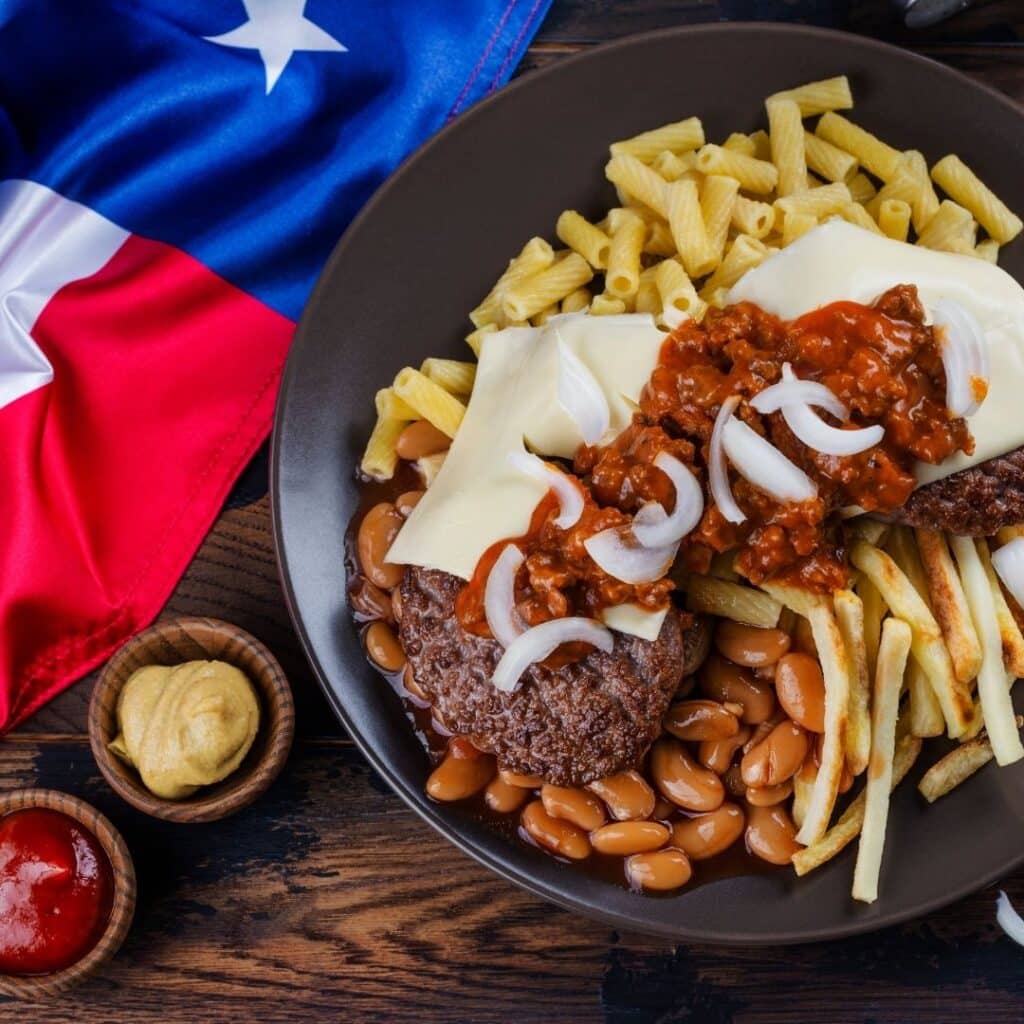
World Famous Garbage Plate Only in America
Hear the words garbage plates, the first thought that comes to mind is garbage. Make no mistake about it, the garbage plate is a real thing. One would think that the garbage plate consists of basically whatever is left over in the fridge.
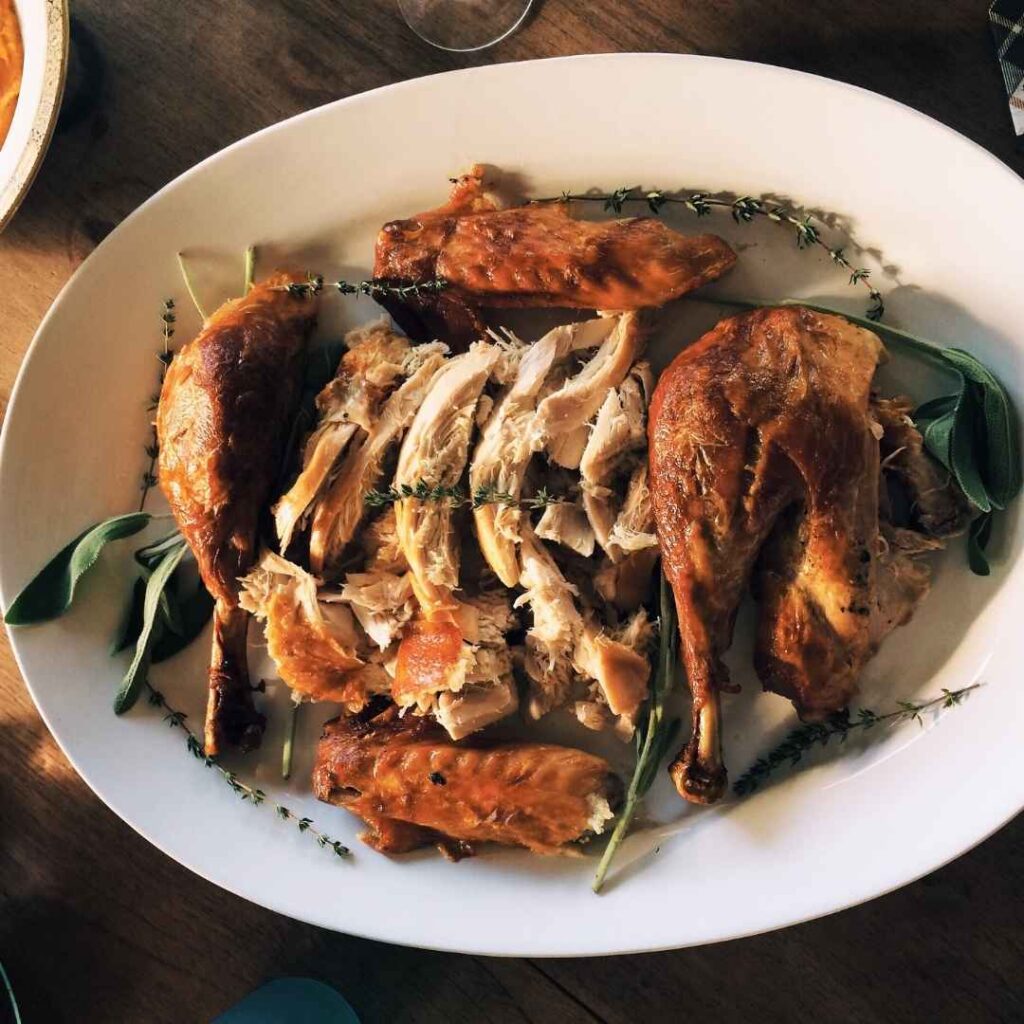
Poultry Brine
If you are looking for a way to make that turkey nice. And juicy than this Poultry Brine process is the one for you. During the brining process, the turkey absorbs the moisture,
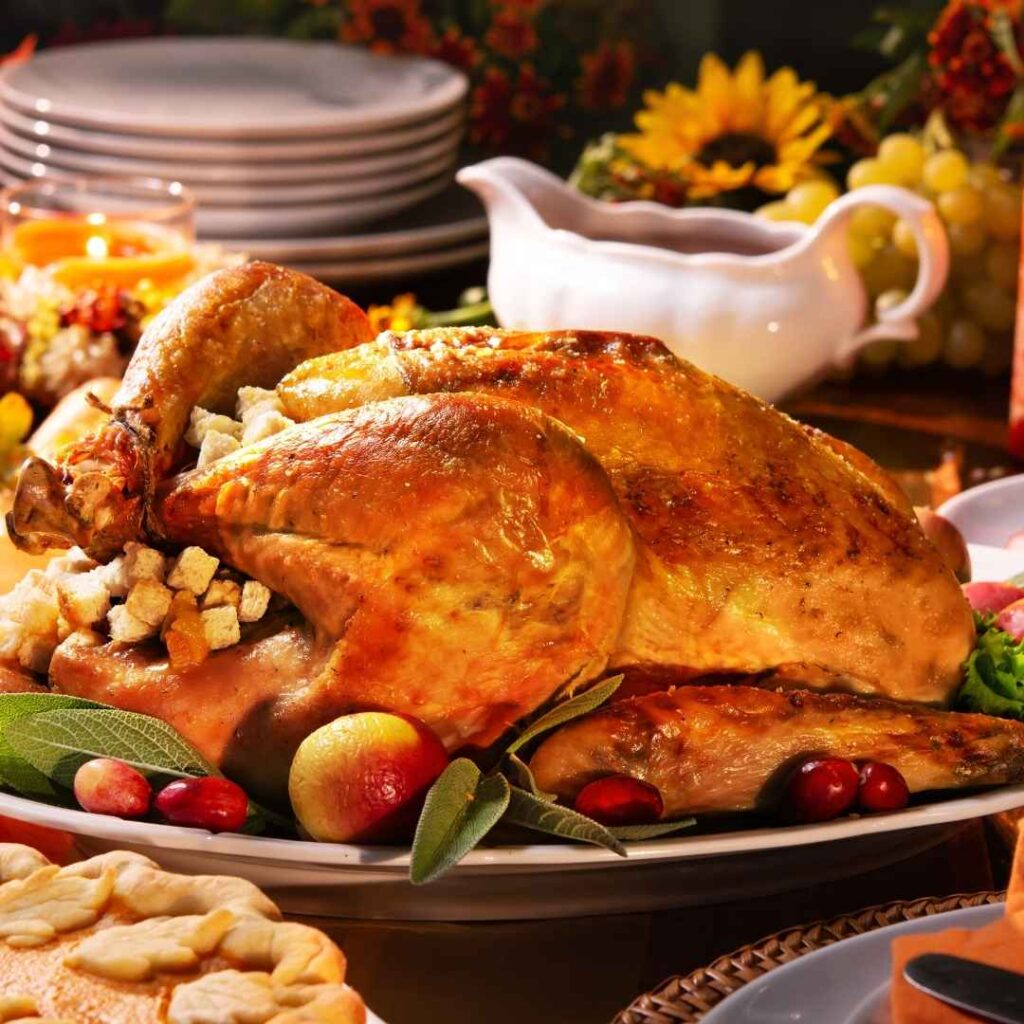
Cranberry Turkey Brine
Cranberry Turkey Brine is the perfect brine if you are looking for a nice juicy turkey. As we all know Turkey is a bird that has little fat, particularly the breast meat. And we all know fat keeps the meat from becoming dry and tough. If you want to avoid a dry bird for thanksgiving then you might need a little help. This is where brining comes in. At its simplest form a brine is a basic solution of water and salt. By giving a turkey a nice soak in this solution, you can actually add a bit more...
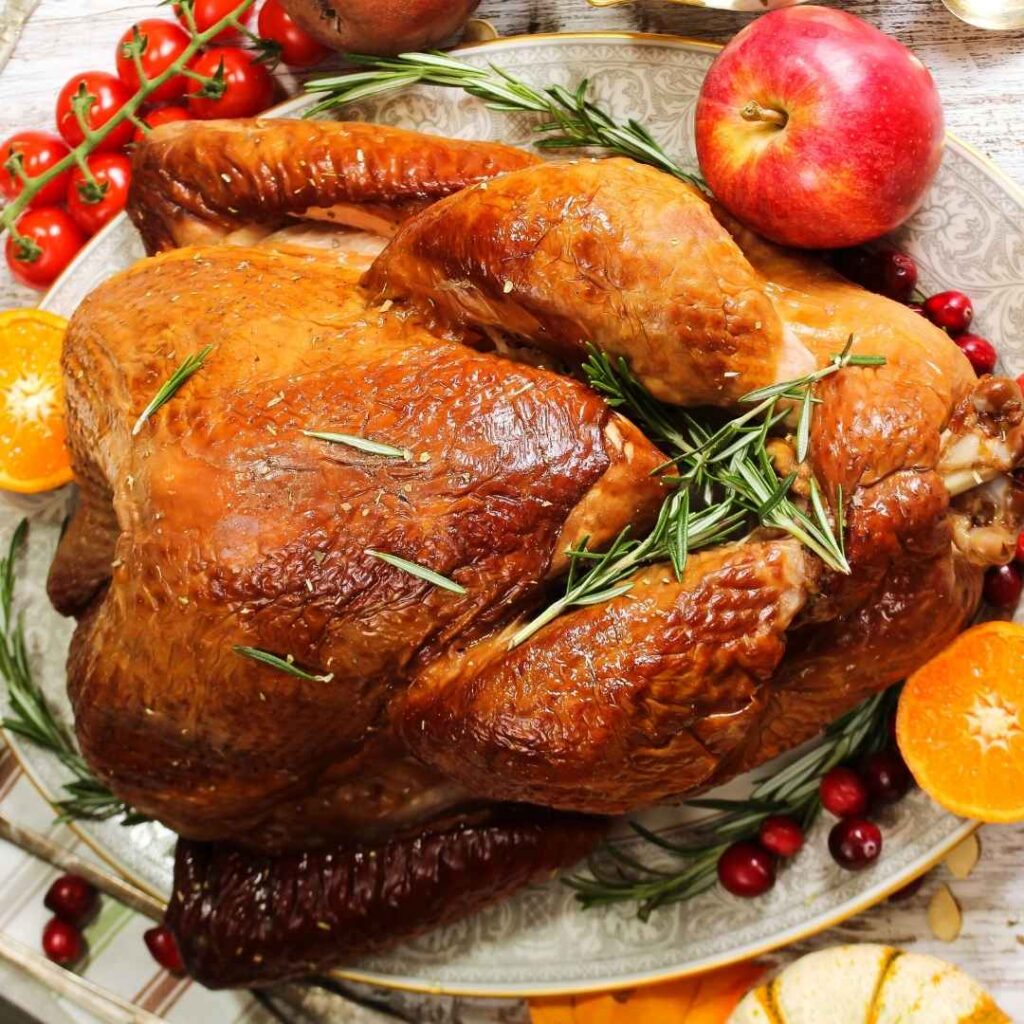
Apple Spice Turkey Brine
Apple Spice Turkey Brine is one of my favorite brines for a turkey. This brine gives the bird a nice savory flavor that will put a smile on anyone's face.
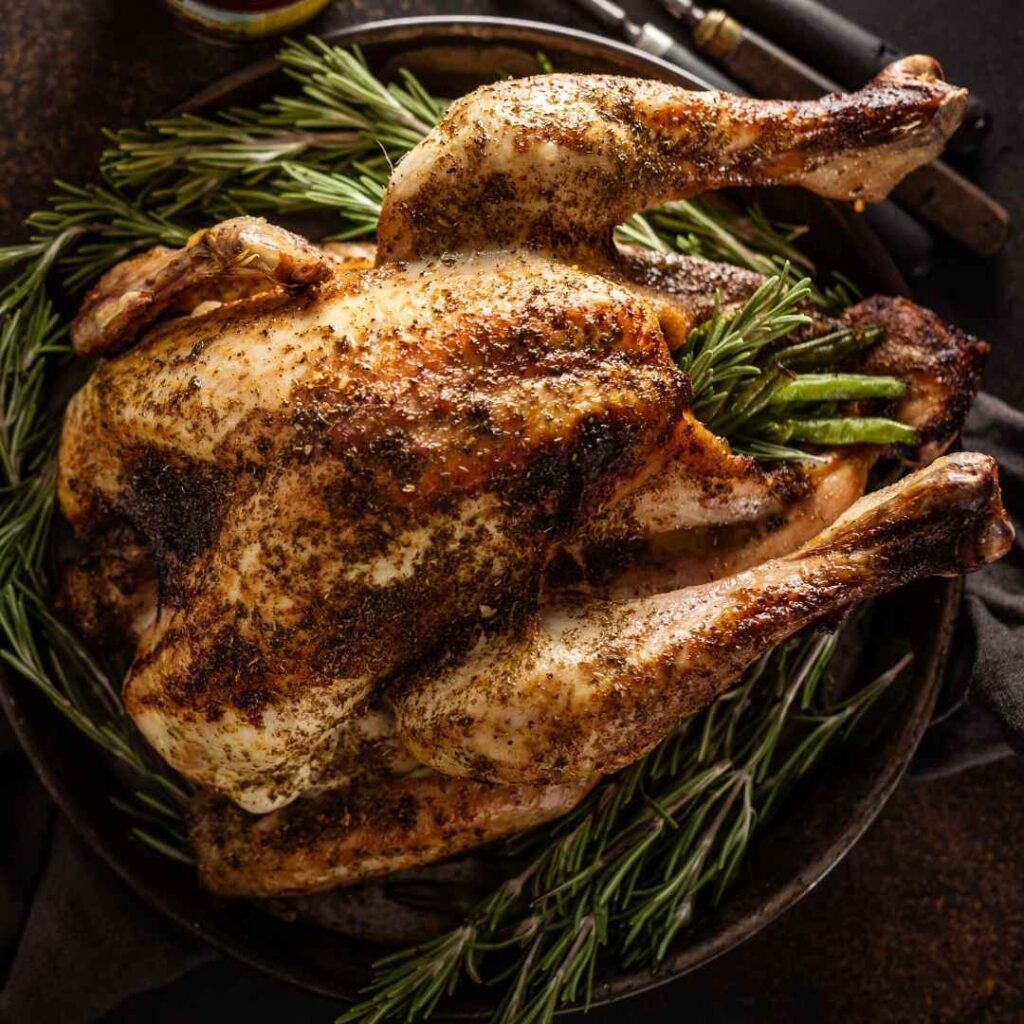
Savory Turkey Brine
For thanks giving everyone wants a nice Savory Turkey. Everyone knows turkey is a bird that has little fat, particularly the white meat.
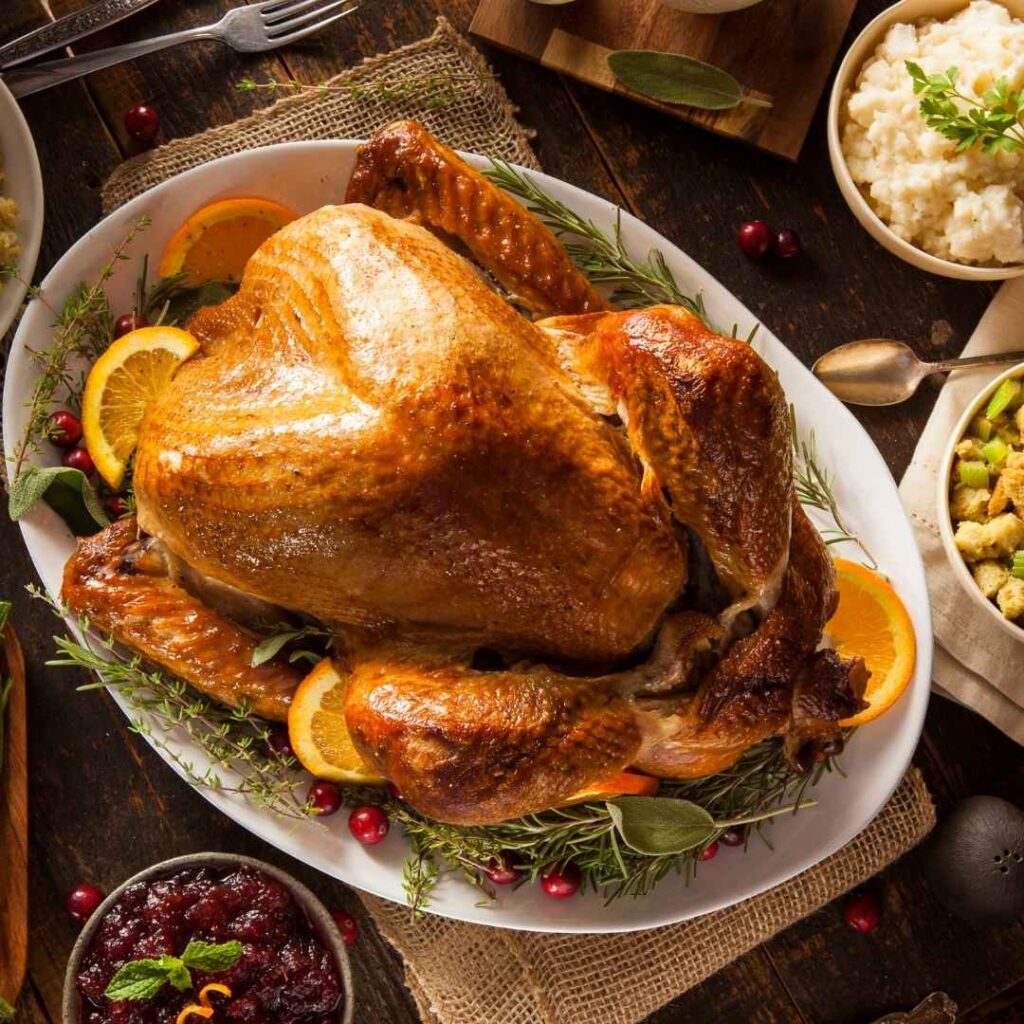
Classic Turkey Brine
If you are looking for a traditional thanksgiving turkey than this is the brine for you. Turkey is a bird that has little fat, particularly the breast meat. And we all know fat keeps the meat from becoming dry and tough.

Brown Sugar and Maple Turkey Brine
This Maple and brown sugar turkey brine will give your bird a nice sweet and savory flavor.
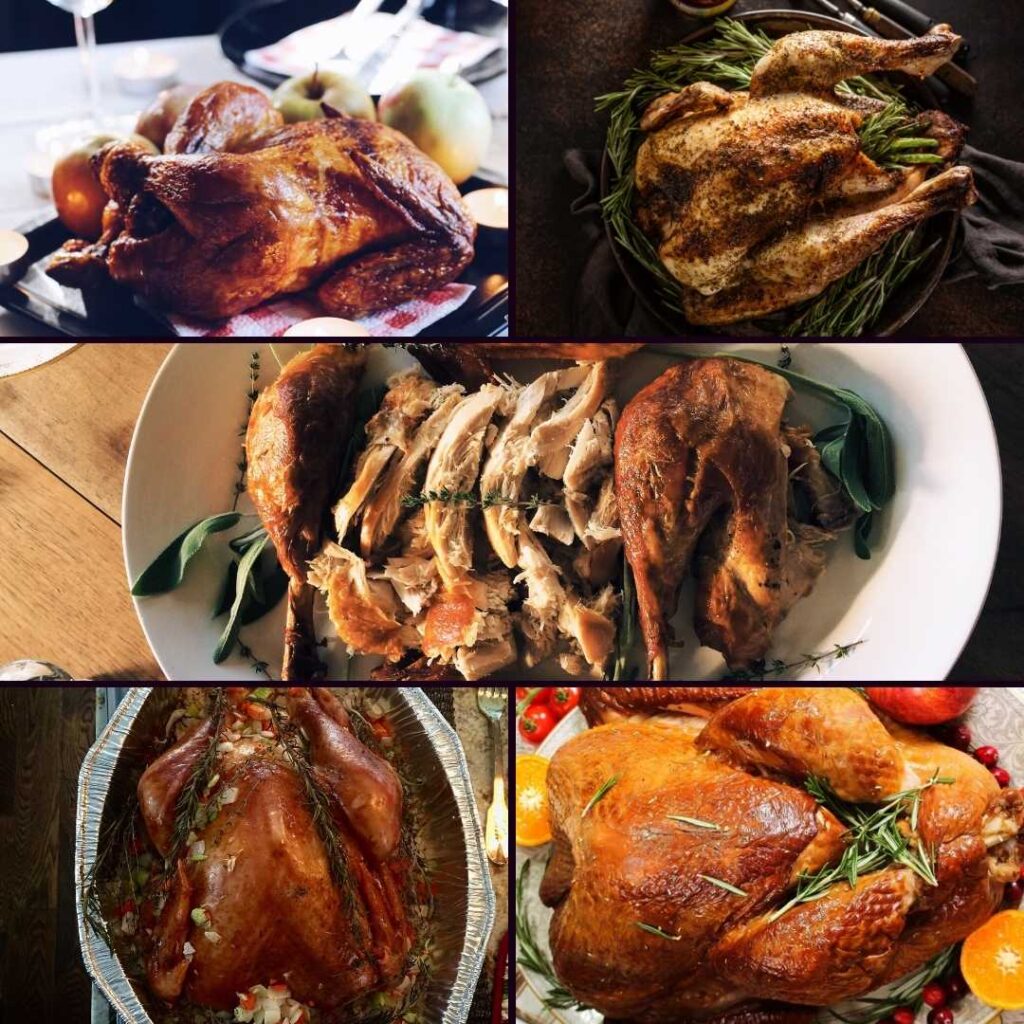
Six amazing turkey brining recipes
Why Brine Your Turkey? Turkey is a bird that has little fat, particularly the breast meat. And we all know fat keeps the meat from becoming dry and tough. If you want to avoid a dry bird for thanksgiving than you might need a little help.
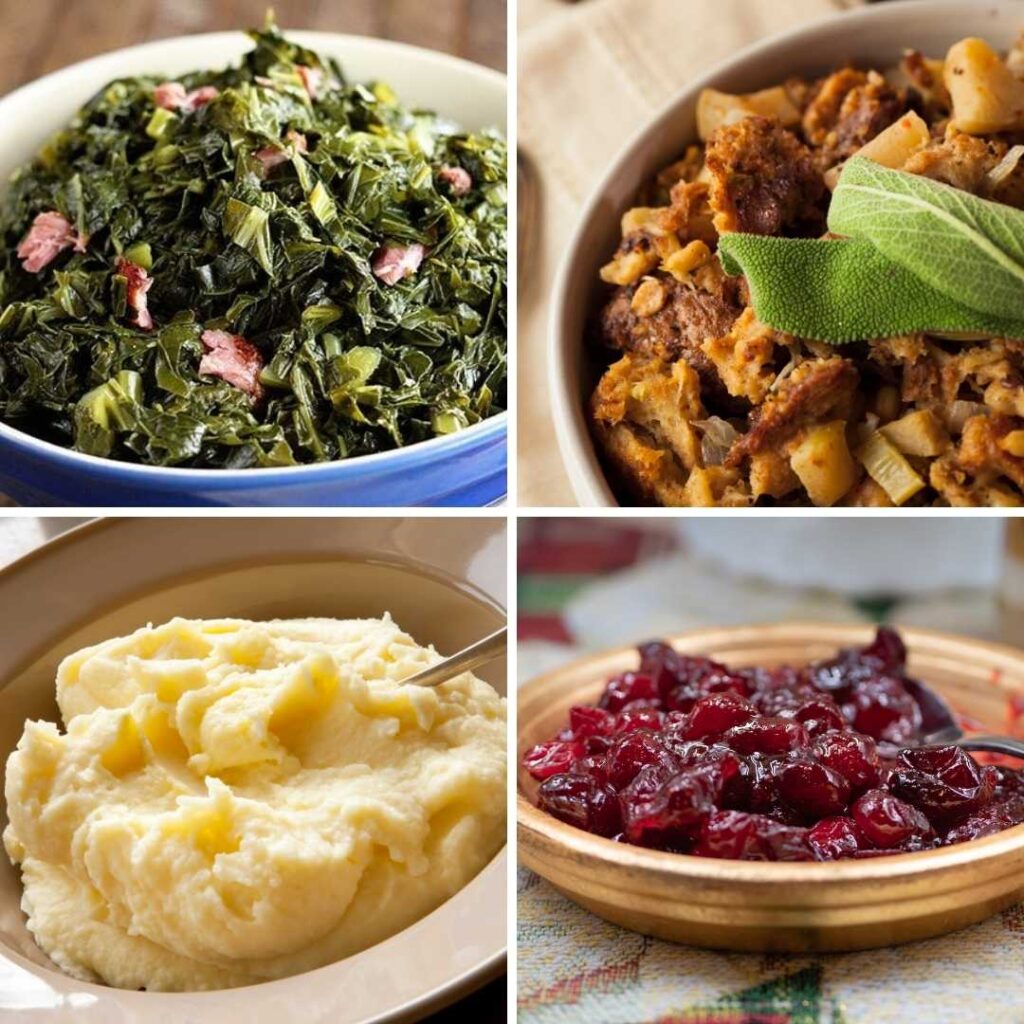
Must have Thanksgiving sides
From potatoes to stuffing, veggies to salads, these are the staples of Thanksgiving. If you are anything like me, you're already planning ahead, hoping to make the week leading up to Thanksgiving easy!
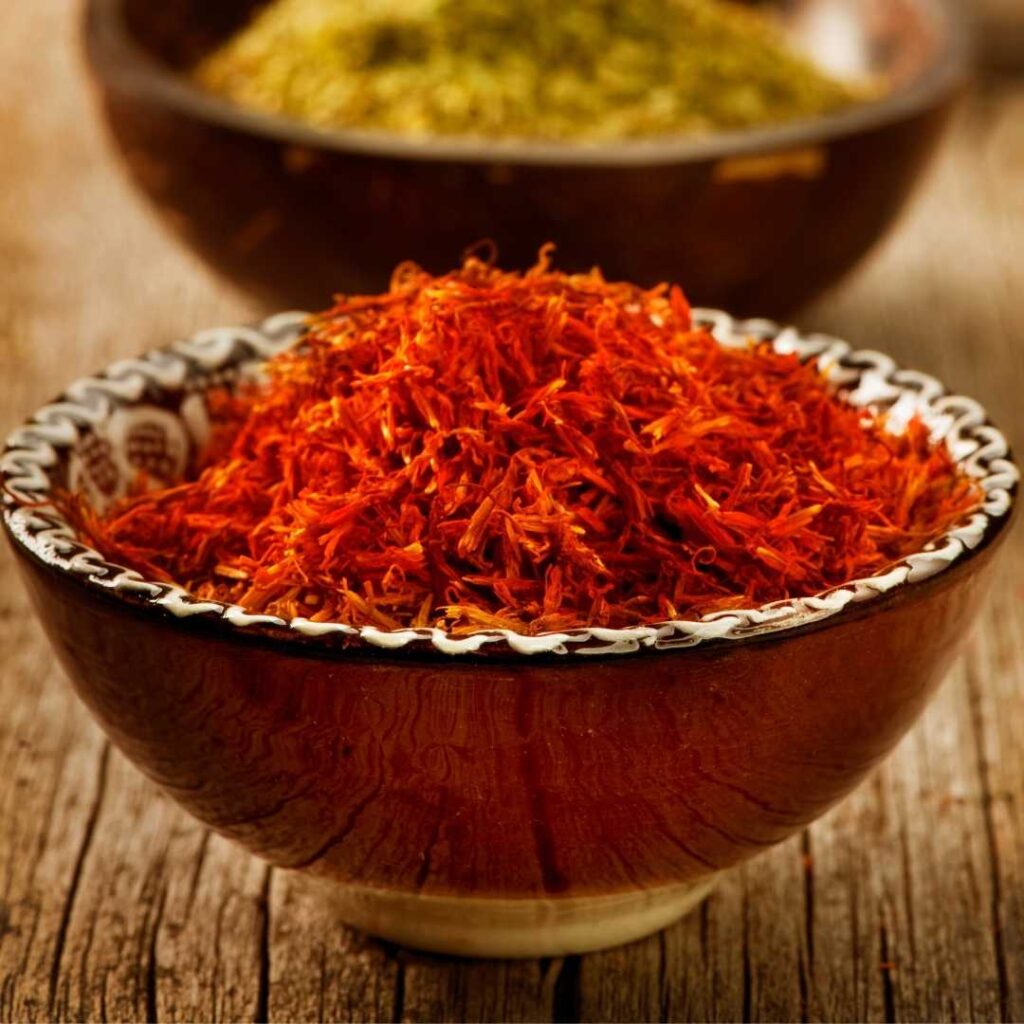
Saffron – The $1000 Exotic Spice
Lovers of the Spanish dish paella know that saffron is a key ingredient in this delectable dish.

The Wonderfulness of Spam: 5 Fun Facts
Although I only eat it about once or twice a year, I love Spam. Why, you may wonder? Processed meat is a no-no on most healthy food lists. And my particular dietary needs dictate minimizing processed foods.
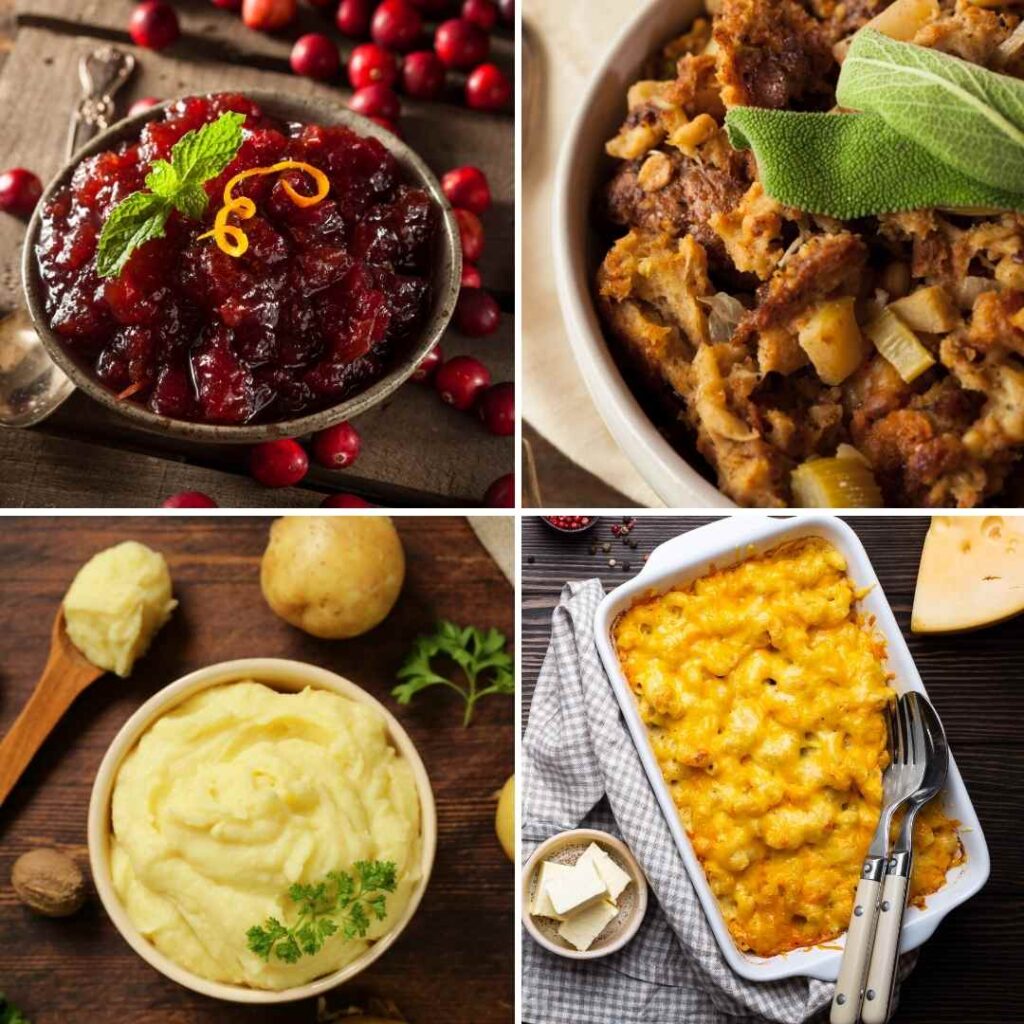
Best Thanksgiving sides dish’s
From potatoes to stuffing, veggies to salads, these are the staples of Thanksgiving. If you are anything like me, you're already planning ahead, hoping to make the week leading up to Thanksgiving easy!
